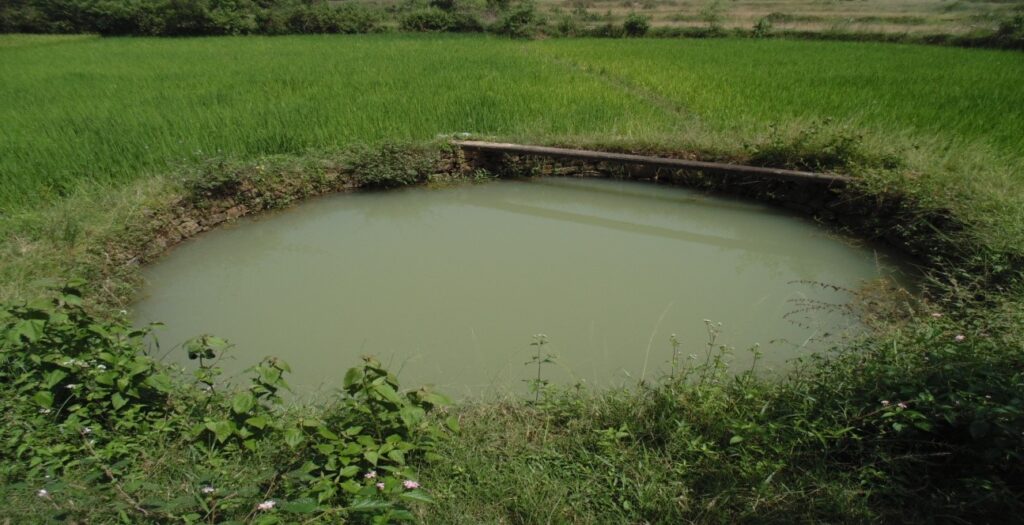
Introduction
India’s agriculture industry is a vital component of the country’s economy, supporting the livelihoods of nearly half of the population. Yet, it faces significant challenges, primarily due to water scarcity. Innovative solutions like rainwater harvesting tanks have become a lifeline for Indian agriculture, transforming how farmers manage water resources and ensuring sustainability for the future.
What is Rainwater Harvesting? Rainwater harvesting is the process of collecting, storing, and managing rainwater for various uses. In agriculture, this method can significantly mitigate water shortages, especially during the dry seasons.
How Do Rainwater Harvesting Tanks Work? Rainwater harvesting tanks are designed to capture and store rainwater from rooftops, surface runoff, and other sources. These tanks provide a reliable water supply that farmers can access when traditional water sources are inadequate or unavailable.
Advantages of Rainwater Harvesting Tanks
Decentralized Water Supply: In regions with erratic rainfall patterns, these tanks ensure that farmers have access to water when it is most needed. This reduces their dependence on unpredictable monsoons and over-exploited groundwater sources.
Cleaner Water: Harvested rainwater is free from pollutants often found in groundwater, making it a safer option for irrigation and livestock.
Environmental Benefits
Maintains Water Table: By reducing the demand for groundwater, these systems help maintain the water table and prevent over-extraction.
Reduces Soil Erosion: Capturing rainwater reduces soil erosion and runoff, preserving the integrity of agricultural land.
Economic Perspective
Rainwater harvesting tanks are a cost-effective solution for farmers. The initial investment in these systems is relatively low, and the long-term benefits, such as increased crop yields and reduced dependency on expensive water sources, far outweigh the costs.
Government Support
Government initiatives and subsidies further support farmers in adopting rainwater harvesting practices, making it more accessible to small-scale and marginalized farmers.
Resilience and Food Security
Rainwater harvesting tanks contribute to the overall resilience of agricultural communities. They provide a buffer against droughts and climate change, ensuring that farmers can maintain their livelihoods even in adverse conditions. Consistent water availability translates to stable agricultural production, which is crucial for food security in India.
Case Studies
Several successful case studies highlight the transformative impact of rainwater harvesting tanks on Indian agriculture. For example, in the semi-arid region of Rajasthan, farmers have reported substantial improvements in crop yields and livestock health since adopting rainwater harvesting systems.
Conclusion
Rainwater harvesting tanks are a vital tool for ensuring the sustainability and resilience of Indian agriculture. By providing a decentralized, clean, and reliable water source, these systems address water scarcity challenges and support farmers in maintaining their livelihoods. As India continues to face the pressures of climate change and population growth, the adoption of rainwater harvesting practices will be essential for the future of its agricultural sector.


